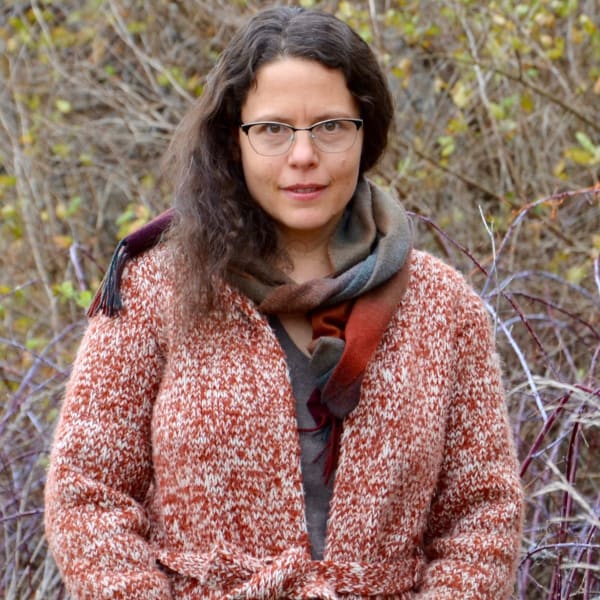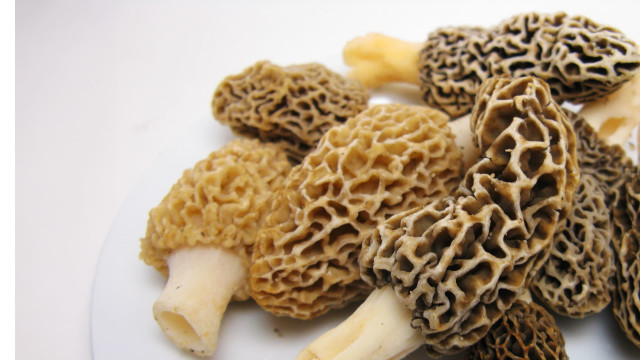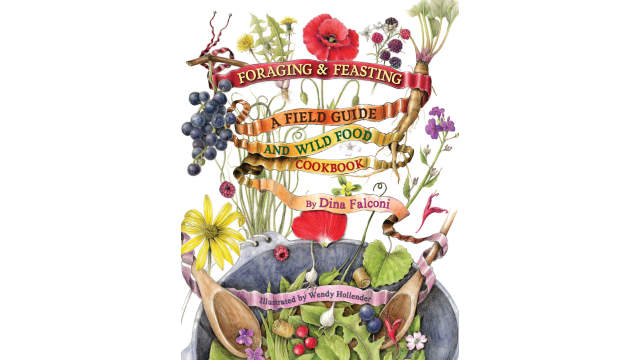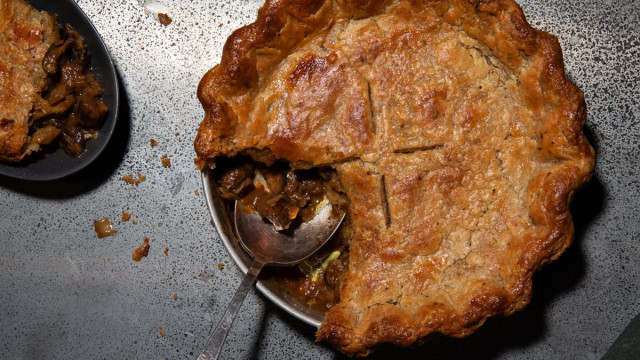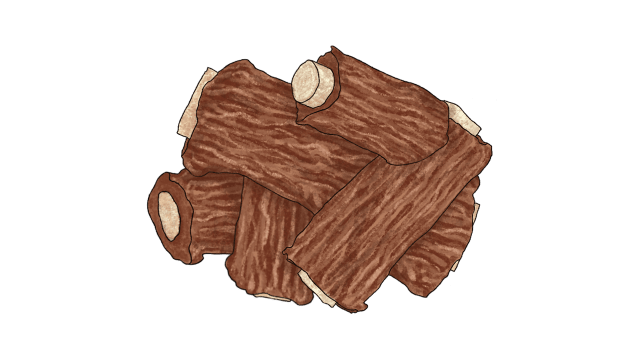The Other Mississippi River

In the Japanese language, rootless, wandering people are said to “live like floating weeds.” When I moved to Japan at 25, the expression struck a chord. I had already moved from the East Coast to the West and back again, spent a year working at farms across North America, and traveled to three continents. In Japan, too, I continued moving every few years, repeating an endless pattern of settling in and starting over.
I imagined myself as a speck of green on the sea of life, floating where the currents of fate or chance carried me. Although it was exhausting and lonely at times, the drifter’s life held a magnetic attraction for me—or perhaps I should say a powerful familiarity. As Wendell Berry wrote, “Wherever we have been, we have never really intended to be.” I knew the whole world, but only in the most superficial of ways.
Connection to the landscape
As the years passed in Japan, however, I began to see the appeal of a different kind of life. Many of my neighbors in the rural places where I lived had family ties that went back centuries. They were connected to one another, but also to the landscape around them — to its sacred rocks wreathed in the paper and straw garlands of Shinto, to the rivers that watered their paddies, and to the fields cut stepwise into the hills.
I was especially fascinated by the culture of foraging for edible wild plants. Farm wives left their gardens in spring to search for fiddleheads, angelica-tree shoots, and other delicacies of the forest. They knew how the seasons unfolded on their particular mountain, where to find each plant, and the most mouth-watering ways of preparing each one. I began to envy them — these people who stayed while so many others left, continuing relationships with the nonhuman world that spanned centuries. They were not water weeds but ancient trees, rooted to the land with a depth I could hardly fathom.
I suppose that was what I wanted when I returned to the United States six years ago and settled in the Midwest, where my father and stepfather grew up. I hoped to trade breadth for depth — to learn the plants, animals, rocks, and streams of one small place, and then, as best I could in the half a lifetime I might have left, to become a part of their world.
But rootedness is not so simple. The place where I live now was once inhabited by people whose connections went as deep as those of my old neighbors in Japan: the Ho-Chunk, Potawatomi, and Sauk and Fox, among others. They were violently removed by settlers in the early 19th century, and reparations are far past due. I have many questions to answer about my place on this land. In the meantime, I begin to make a home here.
Culture of foraging
One of ways I do this is by gathering edible plants along the Mississippi River. An hour’s drive due west of my house in northern Illinois, the flat fields of corn and soybeans wrinkle into soft, wooded hills, and soon after, sweep down again to the river’s edge. There, near Savanna, Illinois, the river is almost as much land as water; on a map, its islands look like green marbling over a blue background of sloughs, bottoms, bays, and lakes. The abundance of this watery world is astonishing, even after nearly two centuries of degradation. South of the biker bars and ice cream shops of Savanna, American lotus covers thousands of acres, offering nuts for roasting and tubers to stir-fry or pickle.
In the backwaters of Sabula, an inhabited island just west of Savanna, stands of blue-green cattail grow alongside huge patches of wapato, whose starchy tubers were a staple for many indigenous peoples. Much of this area is protected as part of the Upper Mississippi River National Fish and Wildlife Refuge, which saved the backwaters from drainage schemes in the 1920s. (Collecting edible plants for personal use is permitted in the refuge, with the exception of wild rice).
On a recent late spring afternoon, I crouched at the water’s edge, watching a red-winged blackbird hop between lily pads as sure-footedly as if it were on land while five American white pelicans circled overhead. The lotus leaves weren’t up yet, but last year’s conical seed heads lay scattered along the muddy bank like the discarded showerheads of some very clean marsh creature.
I picked a handful of young wapato leaves, still curled in glossy, yellow-green spears. Nearby, I side-stepped down a steep bank to collect cattail leaf hearts, grasping the long, flat leaves and pulling up to break them from their rhizomes. Toward evening, the sky clouded over and the weather cooled. Back at my house, I cooked the tender greens and leek-like shoots with rice and broth to make a comforting soup. It was part of no tradition except my own invented one, but still, it tasted like home.
Key Takeaways
- Savor the appeal of being connected to the land.
- Edible plants and foraging can form deep bonds.
- Food and plants can help us see a place in new ways.
